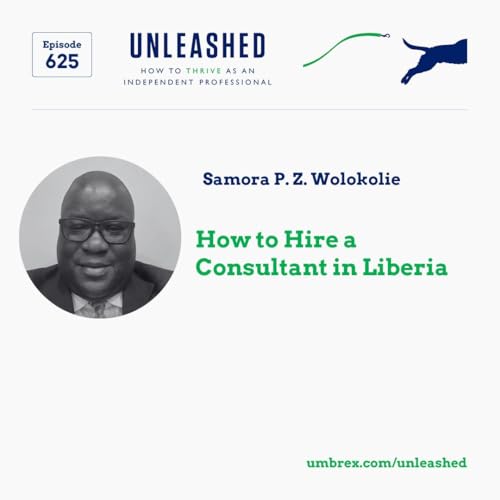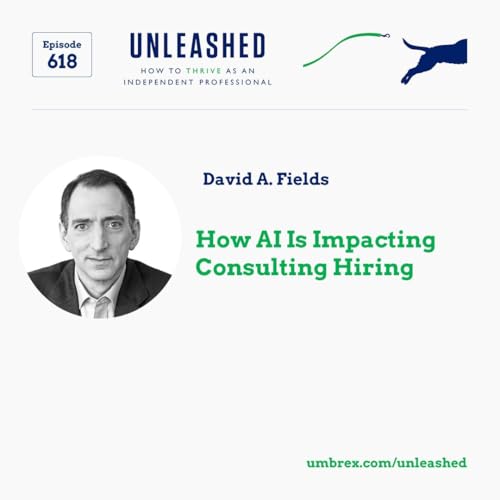Show Notes:
Christian Derosier, co-founder of Flashpoint.ai, explains that it is an AI-native market research agency that offers tools and methods typically used by market research agencies but at a fraction of the time and cost. Flashpoint.ai includes surveys, media monitoring, expert calls, and proprietary tools, aiming to provide a comprehensive market research solution. The tool is designed to help business leaders and consultants live at the level of business problems, clarifying objectives and translating them into a coordinated set of tools.
Demonstrating Flashpoint.ai Features
Christian shares his screen to demonstrate the tool, starting with a generic research query about market trends related to lactose-free ice cream in the United States.
The tool generates an AI web overview, providing initial context and a research plan, including sections on growth drivers, consumer preferences, competition, and barriers to scale.
Users can edit and add new sections to the research plan, and the tool provides an AI assistant for further context and detail.
The action plan translates the high-level objective into specific tools, such as surveys, expert interviews, and generative R&D testing.
The Generative R&D Tool
Christian explains the generative R&D tool, which conducts market testing by running ads to evaluate interest and demand for products. The tool generates ads and landing pages, allowing users to observe real consumer behavior and preferences. The ads are deployed on Google Ads, and the landing pages provide real information and links to actual products or services. The tool is useful for concept testing, new product development, and disruptive innovation, as it allows testing without attaching real brand names.
Generative R&D Case Study
Christian shares a case study where a small liberal arts school used the generative R&D tool to test different marketing strategies. The school tested various concepts, including study abroad offers, practical applications of liberal arts degrees, and even anti-woke liberal arts schools. The tool helped the school identify latent demand and insights into future planning. The cost for running the ads and generating insights is relatively low, making it an efficient and cost-effective method for market research.
Flashpoint.ai Licensing
The base fee for a Flashpoint.ai license is $40 per month per user, billed annually at $480.
Additional costs come from sample sizes, ad runs, expert calls, and other project-specific expenses.
Users can purchase resources a la carte for each project, avoiding long-term commitments.
The tool is available on flashpoint.ai, and additional resources, such as sample deliverables and video walkthroughs, can be provided upon request.
Timestamps:
0:02: Overview of Flashpoint.ai
04:07 Live Demo of Flashpoint.ai
11:29: Generative R&D Testing
21:41: Case Study and Insights
23:50: Pricing and Availability
Links:
Website: https://www.flashpoint.ai/
Unleashed is produced by Umbrex, which has a mission of connecting independent management consultants with one another, creating opportunities for members to meet, build relationships, and share lessons learned. Learn more at www.umbrex.com.
 41 分
41 分 52 分
52 分 23 分
23 分 47 分
47 分 2025/10/0616 分
2025/10/0616 分 28 分
28 分 40 分
40 分 23 分
23 分
